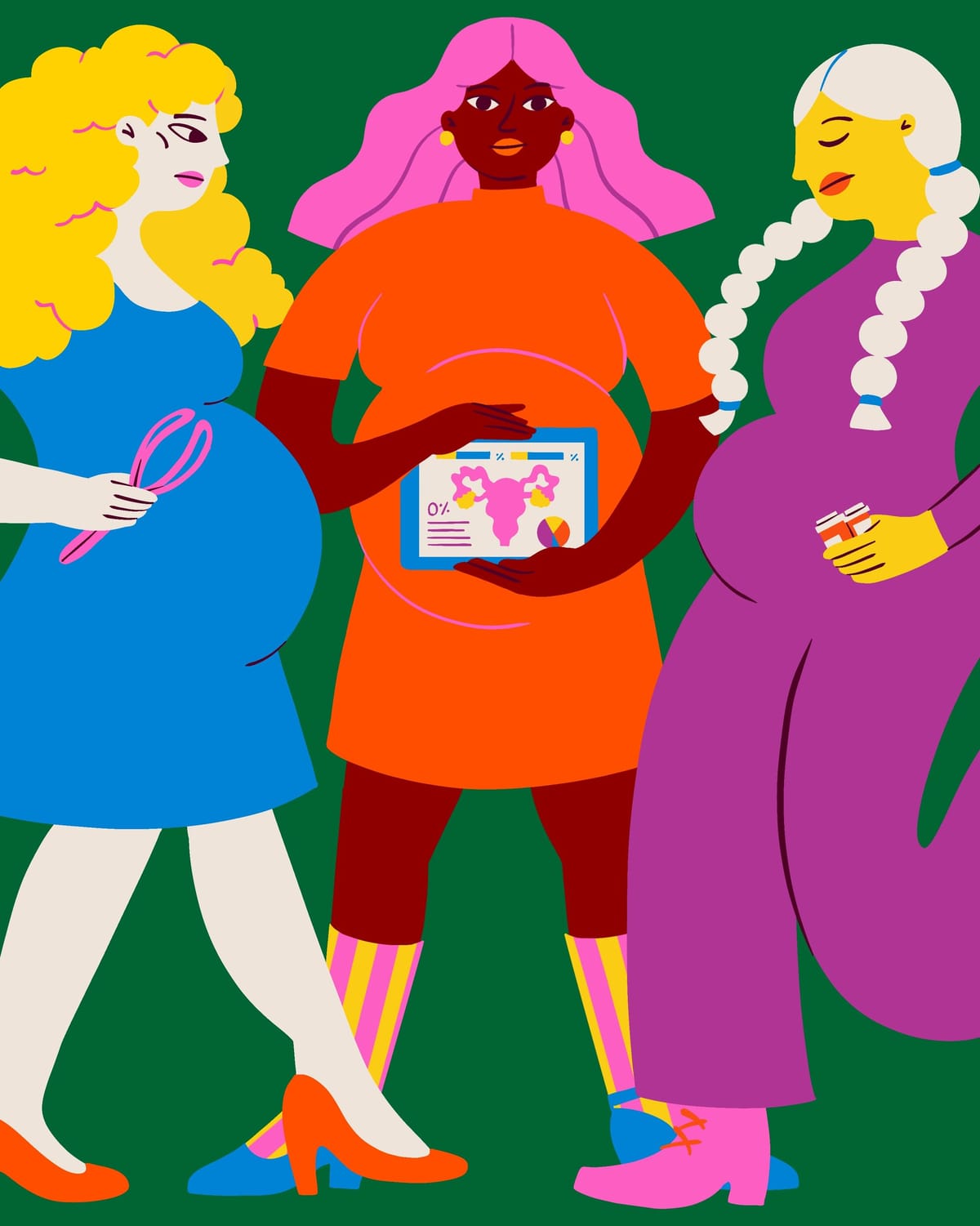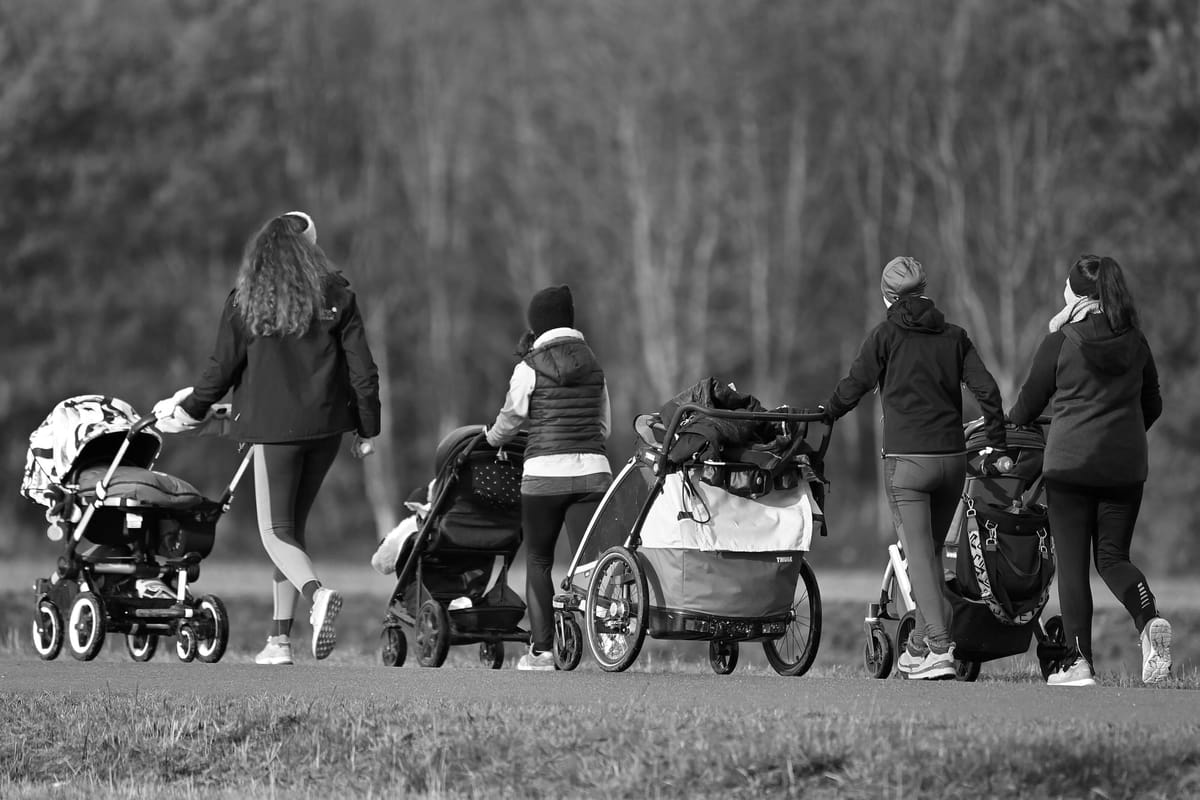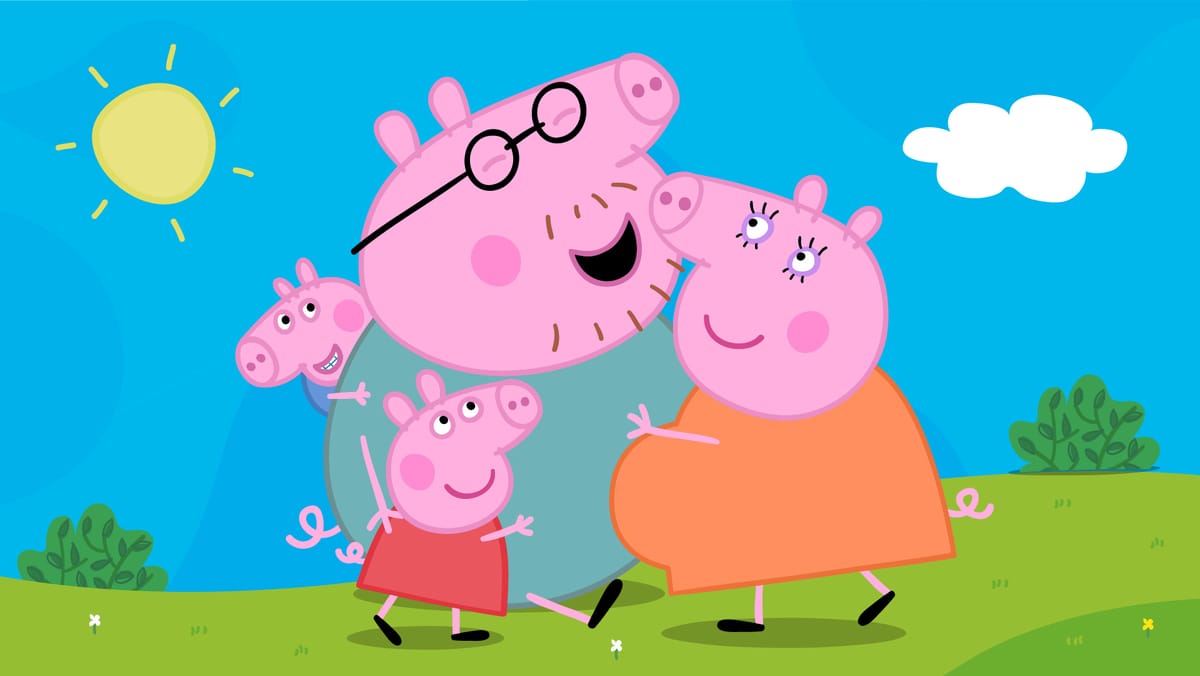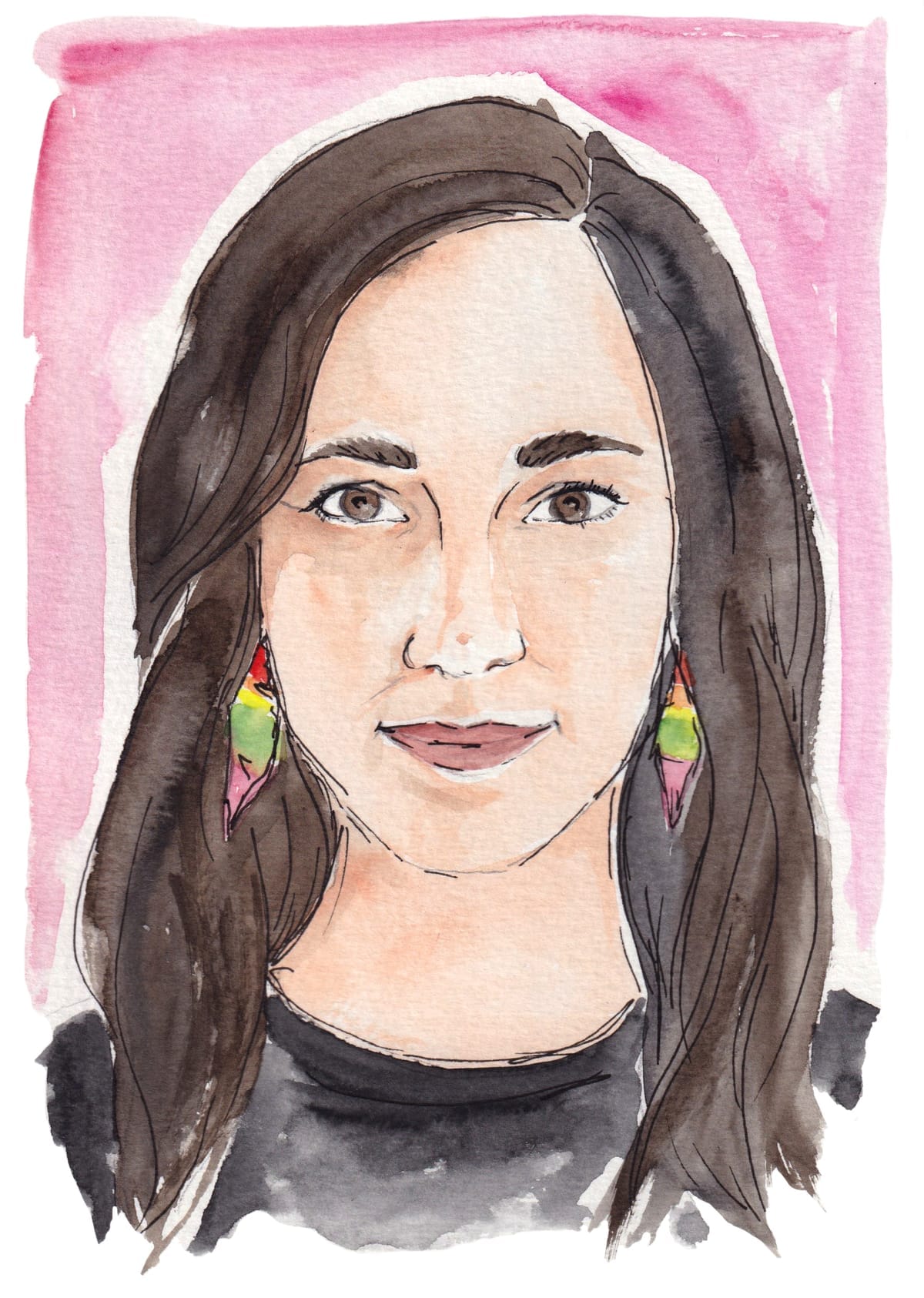How Do We Make Birth Better?
Little has changed in the way we bring humans into the world since the popularization of the cesarean section in the 1960s. It’s 2025. What is going on?

I don’t think I’ll ever forget the pain of giving birth. I know people say the brain erases the memory so you’ll do it again and keep the human race going, but I haven’t forgotten. And I think about it often. How panicky I was; the pain that left me speechless.
I’ve had two births, both quite similar: I was induced, and the deliveries thereafter came fast and furious. I didn’t get epidurals either time, just gas and air (a mixture of oxygen and nitrous oxide gas, regularly offered to birthing women in the U.K. for use during contractions). For the second delivery, I had a bit of pethidine (opioid pain relief). The pethidine, I regretted, because it did nothing to ease the pain, but made me so disoriented after the birth, I kept getting lost in the labor ward.
Each time I was left with an episiotomy, several stitches and one key question: If there is one birth every 54 seconds in the U.K. alone, why is the birthing process still so deeply unpleasant and dysfunctional? All things considered, my births weren’t bad compared with some—I’ve had friends who lost so much blood they needed transfusions, who laboured for three days straight and who routinely weren’t listened to.
The Big Question
As a business journalist, I’ve spent years writing about innovators—the ground-breaking entrepreneurs that disrupt industries, solving problems and changing the way we do things. Yet it feels like few are trying to disrupt the birth game. Why?
Almost half of all births are traumatic—leaving a host of distressing symptoms in their wake, including flashbacks, anxiety or severe PTSD. Over 700 women die every day in childbirth according to The World Health Organization. Little has moved forward in the way we bring humans into the world since the popularization of the cesarean section in the 1960s. It’s 2025. What is going on?
My investigations taught me that while we haven’t exactly reimagined the birth process yet, the conversations about how we might improve it, along with the research, are happening more. Here’s a look at some of the thinking.
The ‘Ills’ of Pregnancy and Birth
I was struck by a recent article in the Journal for Medical Ethics, by Dr. Anna Smajdor, debating whether we might consider pregnancy a disease: “Like a disease, pregnancy affects the health of the pregnant person, causing a range of symptoms from discomfort to death,” she writes.
Dr. Smajdor, who is a professor of practical philosophy at the University of Oslo, has explored some very interesting, I would say, extreme ideas around the future of gestation but she makes a fairly inarguable point that “women report terrible experiences while giving birth and at the same time, heavy pressure to become pregnant.” Failure to respond to pregnancy’s disease-like features is problematic, she argues.
I don’t agree with the labelling of pregnancy as a disease, but I do think we could explore ways to improve the last chapter: birth.
Mechanics to the Rescue
Today, “there are devices being used that were designed hundreds of years ago,” says Gary Cohen, the CEO and co-founder of Maternal Newborn Health Innovations (MNHI).
“Forceps come from the 1600s, and the original ventouse [vacuum cup] is from the 1800s. There's been almost no innovation in this space and the cesarean section has skyrocketed due to, in our understanding, reluctance among younger obstetricians to use the existing devices because of the potential to cause harm if not used properly.”
Cohen has one solution: Sometime before the end of this year, he hopes to see the first device from MNHI, OdonAssist, being used in some of Europe’s leading maternity hospitals. Designed to gently guide the baby out of the birth canal, it uses an inflatable cushion, which slips around the infant’s head and a meter which indicates when the cushion is in the right position to carefully maneuver the baby out.
Originally designed by an Argentinian car mechanic (yes, you heard me right) after he saw a trick on a YouTube video about getting a cork out of a wine bottle (yep), MNHI bought the rights from Jorge Odon and put the concept into development. Trials have been extremely positive around reducing infant pain and avoiding bruising and hematomas from suction. The studies showed no evidence of device-related serious adverse effects on mothers or newborns.
Understanding the Engineering
How many more YouTube inspired devices can we expect, though—one? Two?
Perhaps some better research into the birthing process would help. And that brings me to two engineers, Dr. Megan Leftwich and Alexa Baumer (a Ph.D. student), who in 2018, began researching the biomechanics of pregnancy to improve human birth processes.
“We're really good at getting babies into this world,” said Leftwich in a documentary about her work. “We are not so good at understanding how that works. I hear people say, ‘oh, it's such a natural process. It just works.’ Like, it doesn't just work. People die doing this.”
As an undergraduate student, Baumer was excited by the application of mechanical engineering in a process like birth and surprised by how understudied it is. “As more women become engineers and scientists, I think there will be a lot of developments,” she said.

Leftwich and Baumer joined forces with an obstetrician at George Washington University Hospital, to answer a particular question around preterm labor: Why the cervix “fails” in some circumstances and whether the current solution, cerclage—a stitch in the cervix—is a sufficient solution.
They created a silicon model of the cervix as a means of testing cerclage, publishing their findings in 2019 and 2022. They now not only have a better understanding of the limitations of cerclage, but a protocol to develop synthetic cervical tissue—the first step towards exploring other aspects of reproductive biomechanics to improve the birthing experience. “Similar models can be constructed to explore labor and delivery,” they explained. Things like “maternal pelvic shape” or “fetal presentation.”
The medical community is behind on this research “because nobody has asked these questions,” they said. Well, now they are.
Welcome to ‘The Matrix’
In the 1970s, a radical feminist called Shulamith Firestone started talking about the concept of ectogenesis (artificial wombs) as a means of freeing women from the “tyranny of reproduction.” She believed that female oppression was rooted in pregnancy and childbirth.
When Firestone was talking about external wombs decades ago, it was the stuff of science-fiction. Astoundingly, this is not quite the case anymore. There are research labs across the world currently working on external womb technology.
Dr Alan Flake and his team at the Children’s Hospital in Philadelphia, has had success in gestating fetal lambs. A study published in 2017 showed normal development in five lambs, delivered early by c-section and gestated in an external womb, with one surviving after birth. The lambs (a standard animal used in neonatal research) were placed in a “biobag,” filled with synthetic amniotic fluid. Led by Dr Flake, the program, called ETEND (EXTrauterine Environment for Neonatal Development) is now seeking permission from the FDA to begin trials with preterm humans, born as early as 22 weeks.
Researchers at Eindhoven University of Technology (Netherlands) are also developing a system that mimics the natural womb environment to improve outcomes for preterm babies. In 2019 they received a £2.6m grant to work on a prototype for use in clinics.

As of now, these technologies are being developed to save the lives of preterm babies, but it’s only a matter of time before full ectogenesis is on the cards, John Appleby, a lecturer in medical ethics at Lancaster University, told me. “I think over time we will have ectogestation machines that go earlier and earlier in the baby’s development," he says. "On the other end we have reproductive medicine getting better at keeping embryos developing outside the womb for longer. At least in the long term, they’ll keep getting closer until you can potentially just go straight through from embryo to birth in the lab.”
View from the Delivery Room
Leah Hazard is an author and a midwife. She argues that people are constantly refining and exploring how to make the existing methods of birth safer and less traumatic—pointing to the rise in gentle cesarean techniques (with skin-to-skin contact and delayed cord clamping) and increased use of telemetry for fetal heart monitoring, for example.
What she would like to see is a redesigning of the system to one that centers the person giving birth in a more humanized process. “We need to dismantle the industrialized birthing system to understand why so many things go wrong.”
But she does see the innovation point: “It’s not an area that has yielded much change or progress and maybe that is a problem, maybe it’s another example of birth not being seen as important? And that women aren’t worth more thought,” she says. “Birth is a weird but in some ways, brutally simple mechanical process. When it works, it works beautifully. When it doesn't work, it’s absolutely horrific.”

I also see the innovation point: It’s exciting to hear about sci-fi-esque solutions. But while I do understand the crucial life saving potential of ectogenesis, I’m not sure I’d choose to have my baby gestated in this way.
When I think about making birth better, I’m thinking more along the lines of some therapeutic solution that helps the cervix to open quickly without hours of excruciating pain, or maybe a tool to break someone’s waters that doesn’t make you feel like you’re being impaled with a giant knitting needle. œ
I have regrets about how my births went down. Perhaps some of those regrets could have been avoided if I’d made different choices—opted for an epidural, say. But even with different decision-making on my part, I still believe there’s room for more: more research, more options and definitely more respect.








